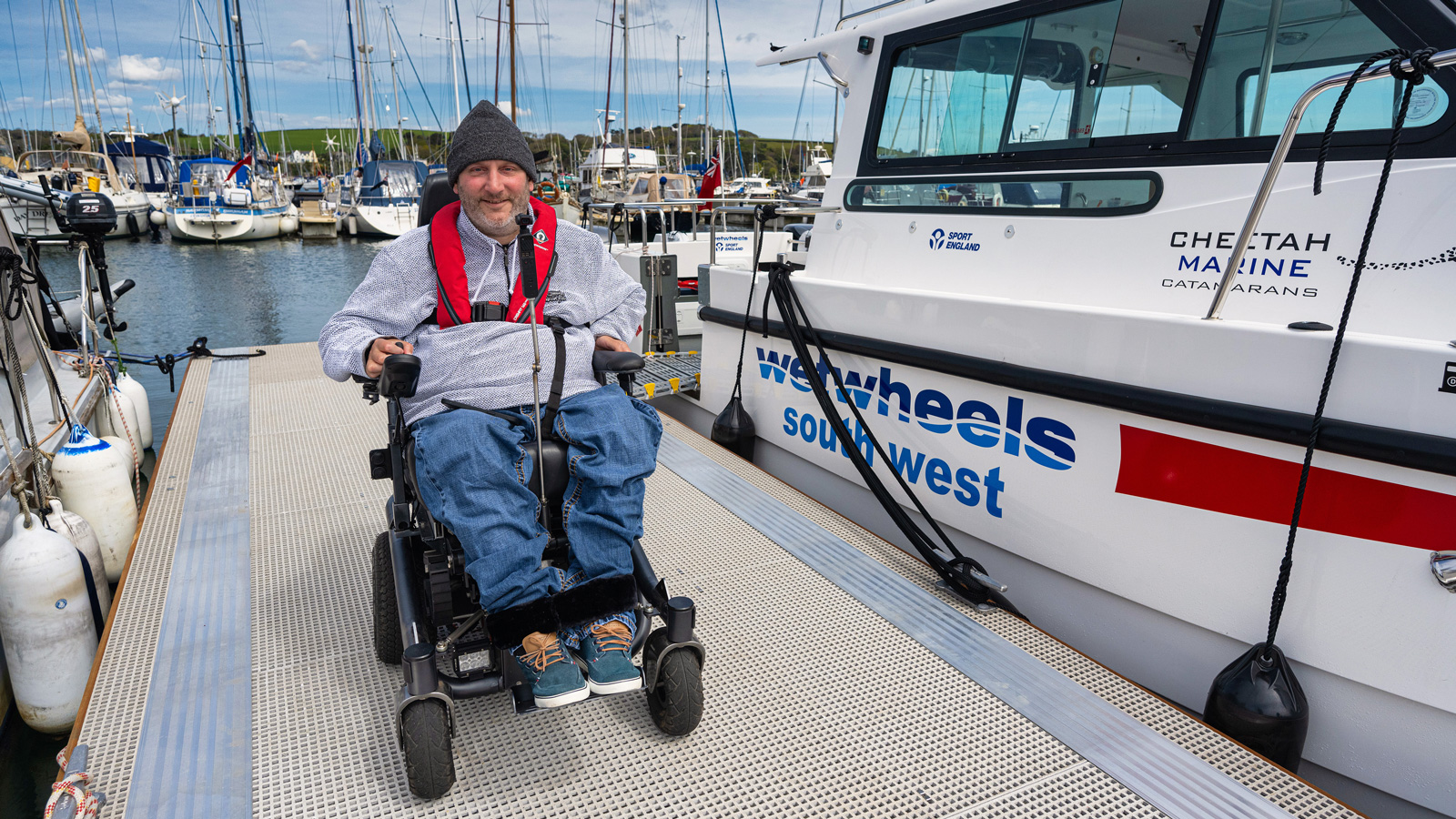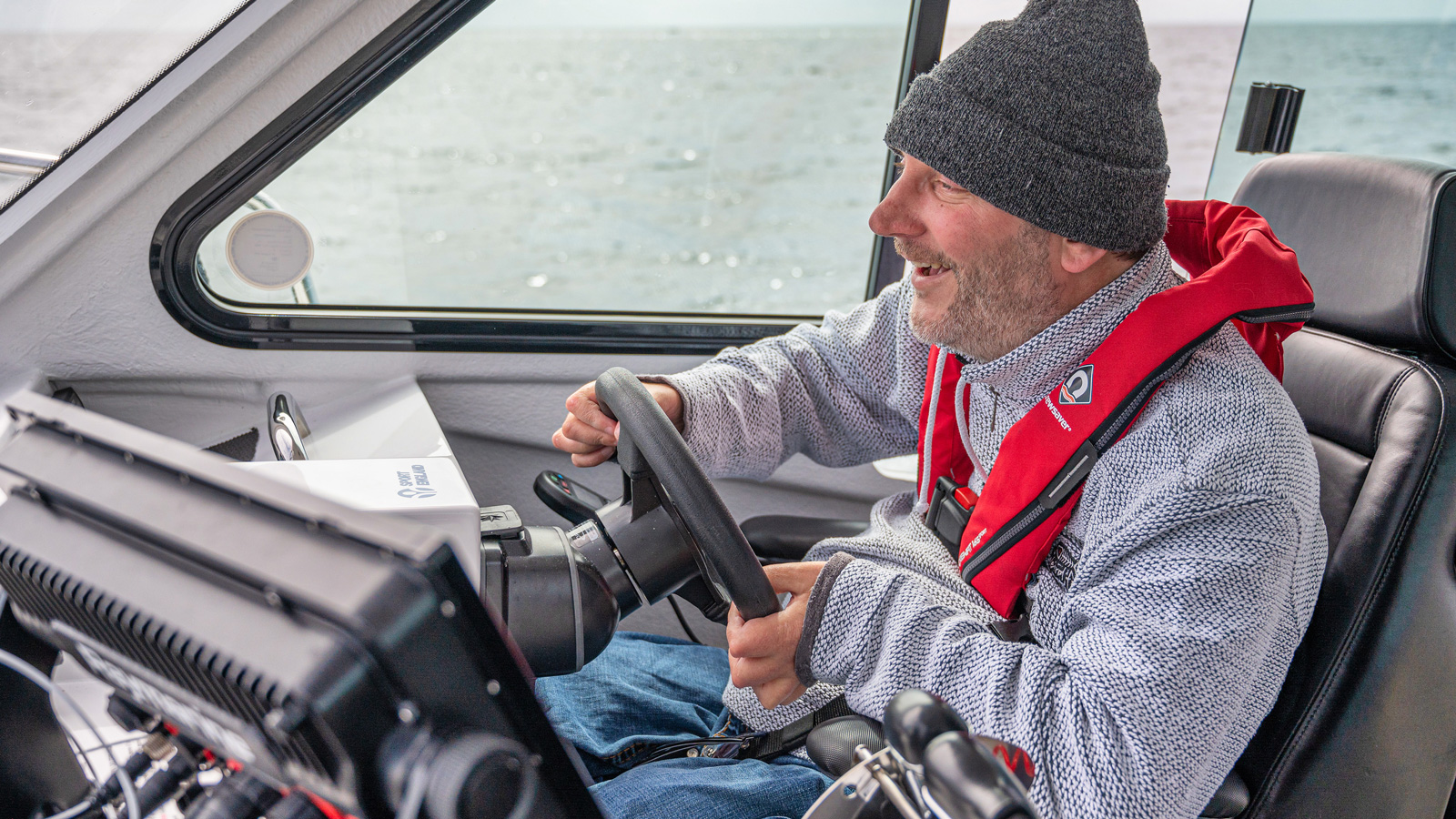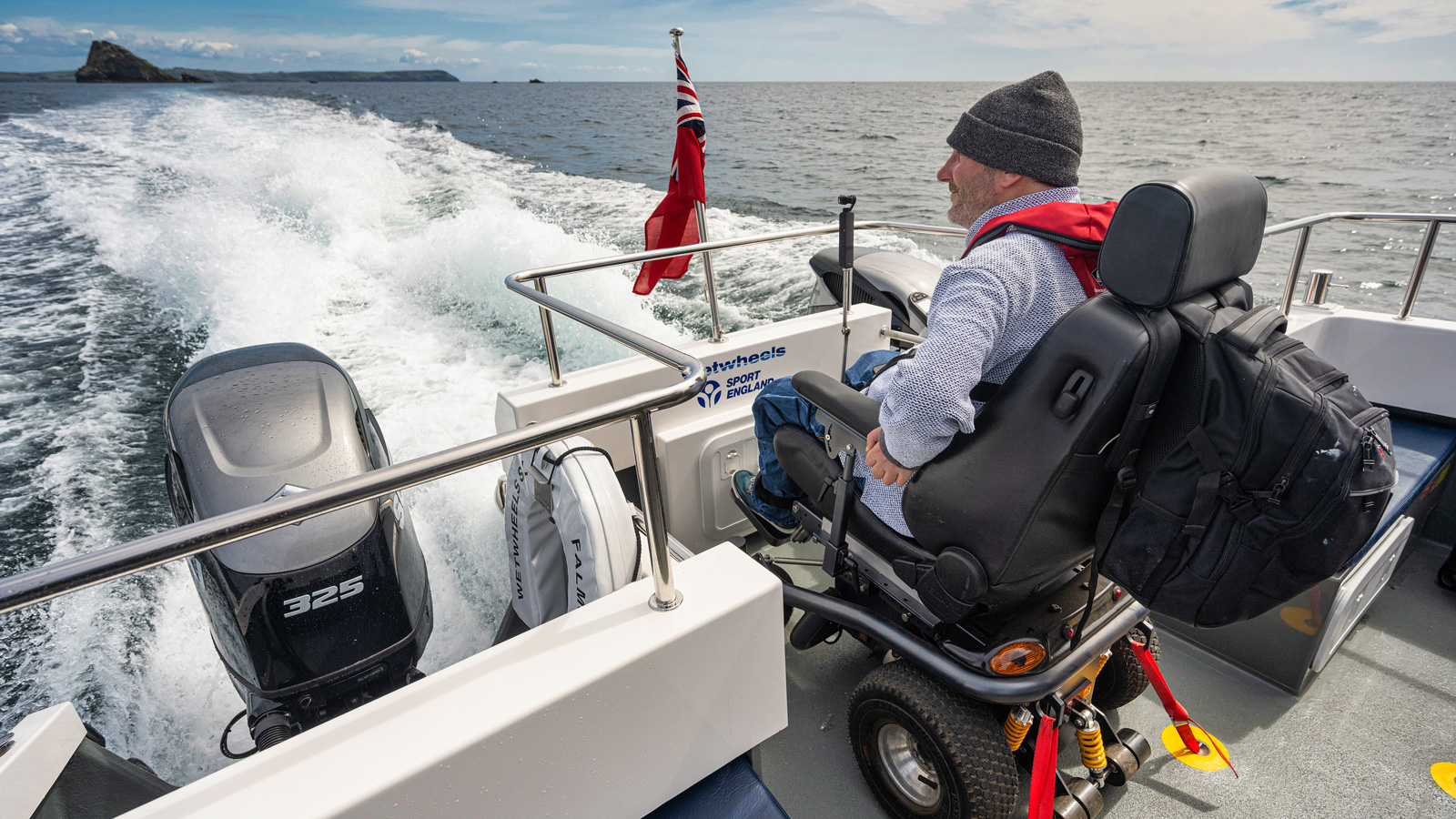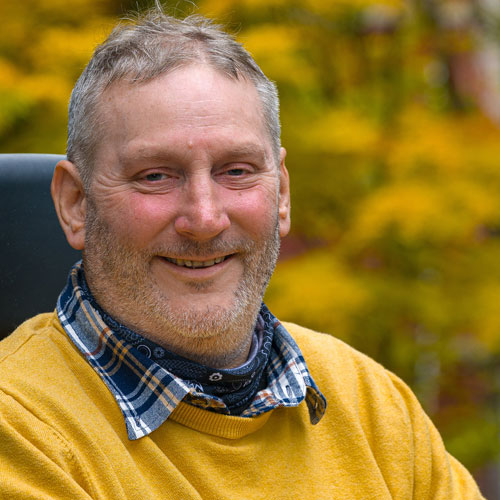Introduction: The Crossroads of Choice
Embracing Change with an Open Mind
Life often presents us with pivotal moments, crossroads where the paths we choose can redefine our journey. In these moments, the weight of decision can be overwhelming. Yet, it’s precisely here, amidst the turbulence of choice, that mindfulness can illuminate our path. In this blog, I’ll share a deeply personal experience, a decision that seemed almost insurmountable, and how mindfulness guided me to clarity.
The Journey to Mindfulness
Mindfulness wasn’t always a part of my life. Like many, I found myself swept up in the rapid current of daily living, rarely pausing to truly engage with the present. It was only when faced with a life-altering decision that I discovered its transformative power. This journey into mindfulness began not as a quest for spiritual enlightenment, but as a desperate search for clarity in the haze of uncertainty.
My Personal Challenge: The Wheelchair Decision
Confronting Disability with Determination
My journey with disability began at 18, following a devastating accident that left me severely paralyzed. With no hand function and limited arm movement, the reality of my situation was stark. Yet, in those early years, I clung to a fierce determination. I believed, against all odds, that I could overcome the physical limitations of my manual wheelchair. This wasn’t just about mobility; it was a battle for independence, a defiance against my new reality.
The Limits of Stubbornness and Ego
But determination can sometimes blind us. I was so fixated on the idea of not letting my disability define me that I ignored the practicalities. Pushing my manual wheelchair over a thick carpet was a struggle, let alone navigating the town. The thought of switching to an electric wheelchair felt like surrender, an admission of defeat. I was caught in a battle between my stubbornness and the harsh truths of my physical capabilities. This internal conflict was the catalyst for my turn towards mindfulness.

The Role of Mindfulness for Decision Making
Understanding Mindfulness
Before delving into how mindfulness transformed my decision-making process, it’s essential to understand what mindfulness truly is. It’s more than just a buzzword or a meditation technique; it’s a way of being. Mindfulness is about being fully present in the moment, aware of our thoughts and feelings without judgment or distraction. It’s about observing the world around us and within us, with clarity and acceptance.
Mindfulness as a Tool for Clarity
In the midst of my struggle with the wheelchair decision, mindfulness offered a new perspective. It wasn’t about escaping reality but facing it head-on, with an open heart and mind. Mindfulness taught me to observe my thoughts and emotions surrounding the decision – the fear, the stubbornness, the ego – without getting entangled in them. It allowed me to step back and see the bigger picture, to weigh my options not based on what I wished were true, but on the stark reality of my situation.
Gaining Clarity: A Mindful Approach
The Practice of Mindful Reflection
The decision to switch to an electric wheelchair wasn’t made in a day. It required deep, mindful reflection. I practiced sitting quietly, focusing on my breath, and allowing my thoughts to pass like clouds in the sky. This wasn’t about forcing a decision but letting my mind settle, like muddy water clearing over time. I visualized my daily struggles, my longing for independence, and the realities of my physical limitations.
Letting Go of Illusions, Embracing Reality
Through this practice, I began to see my situation not through a lens of stubborn pride or fear but with clarity and honesty. Mindfulness helped peel away the layers of ego and illusion. It was a humbling experience to acknowledge that an electric wheelchair didn’t signify giving up; rather, it was a step towards true independence. This realization was liberating. I was no longer fighting against my reality but working with it, making choices that enhanced my quality of life.
Making the Decision: A Moment of Truth
The Day of Decision
The day I decided to opt for an electric wheelchair wasn’t marked by fanfare or dramatic revelations. It was quiet, reflective, a culmination of my mindfulness journey. I had set a date to make my decision, giving myself the space and time to consider all aspects mindfully. That day, there was no internal struggle, no tumultuous emotions – just a calm, clear conviction. It was as if my subconscious had gently aligned with my conscious mind, leading me to a decision that felt right.
The Impact of Mindfulness on Choices
This decision-making process was a profound testament to the power of mindfulness. It allowed me to transcend the chaos of conflicting emotions and thoughts, to find a place of serenity and wisdom within. Mindfulness didn’t make the decision for me; it gave me the clarity to make the decision myself, with confidence and peace.

Conclusion: Embracing Independence through Mindfulness
A Look Back: The Transformation
Reflecting on this journey, I see now how mindfulness was not just a tool for decision-making; it was a catalyst for personal transformation. The clarity gained through mindfulness didn’t just help me choose a wheelchair; it reshaped my understanding of independence and strength. It taught me that true independence isn’t about physical abilities alone; it’s about making choices that align with our deepest truths and needs.
Forward with Clarity and Confidence
Today, 27 years later, my electric wheelchair is not just a mobility aid; it’s a symbol of my journey towards self-acceptance and empowerment. Mindfulness has taught me to see life not as a series of obstacles but as opportunities for growth and understanding. As you, the reader, navigate your own crossroads, remember that mindfulness can be your guide to clarity, helping you see not just what you wish to be true, but what truly is.

Over to you…
“As you reflect on your own life’s crossroads, how might embracing mindfulness help you see your choices more clearly? Can adopting a mindful approach transform not just your decisions, but also your understanding of what true independence and strength mean to you?”
FAQ on Mindfulness for Decision Making
- What is mindfulness?
Mindfulness is a mental practice of focusing on the present moment in a non-judgmental manner. It involves being aware of your thoughts, emotions, and physical sensations as they are, without trying to change them.
- How can mindfulness aid in decision-making?
Mindfulness can help in decision-making by providing a clearer state of mind, reducing stress, and allowing you to consider your options more objectively. It helps in separating emotions from facts, leading to more thoughtful and less impulsive decisions.
- Can mindfulness help with difficult or emotional decisions?
Absolutely. Mindfulness can be particularly beneficial for difficult decisions as it helps in managing emotions and stress, allowing for a more balanced perspective. It aids in recognizing and accepting your feelings without letting them dominate the decision-making process.
- How do I practice mindfulness during decision-making?
You can practice mindfulness by taking a moment to breathe and center yourself, observing your thoughts and emotions without judgment, and then focusing on the present situation. This practice can provide clarity and calm, aiding in a more informed decision-making process.
- How long does it take for mindfulness to affect decision-making?
The impact of mindfulness can vary from person to person. Some may notice an immediate effect in how they approach decisions, while for others, it may take regular practice over time to see noticeable changes.
- Are there any mindfulness exercises specifically for decision-making?
Yes, there are mindfulness exercises like guided meditations focusing on clarity and calmness, journaling to explore thoughts and feelings about a decision, and mindful walking to ponder choices in a relaxed state.

